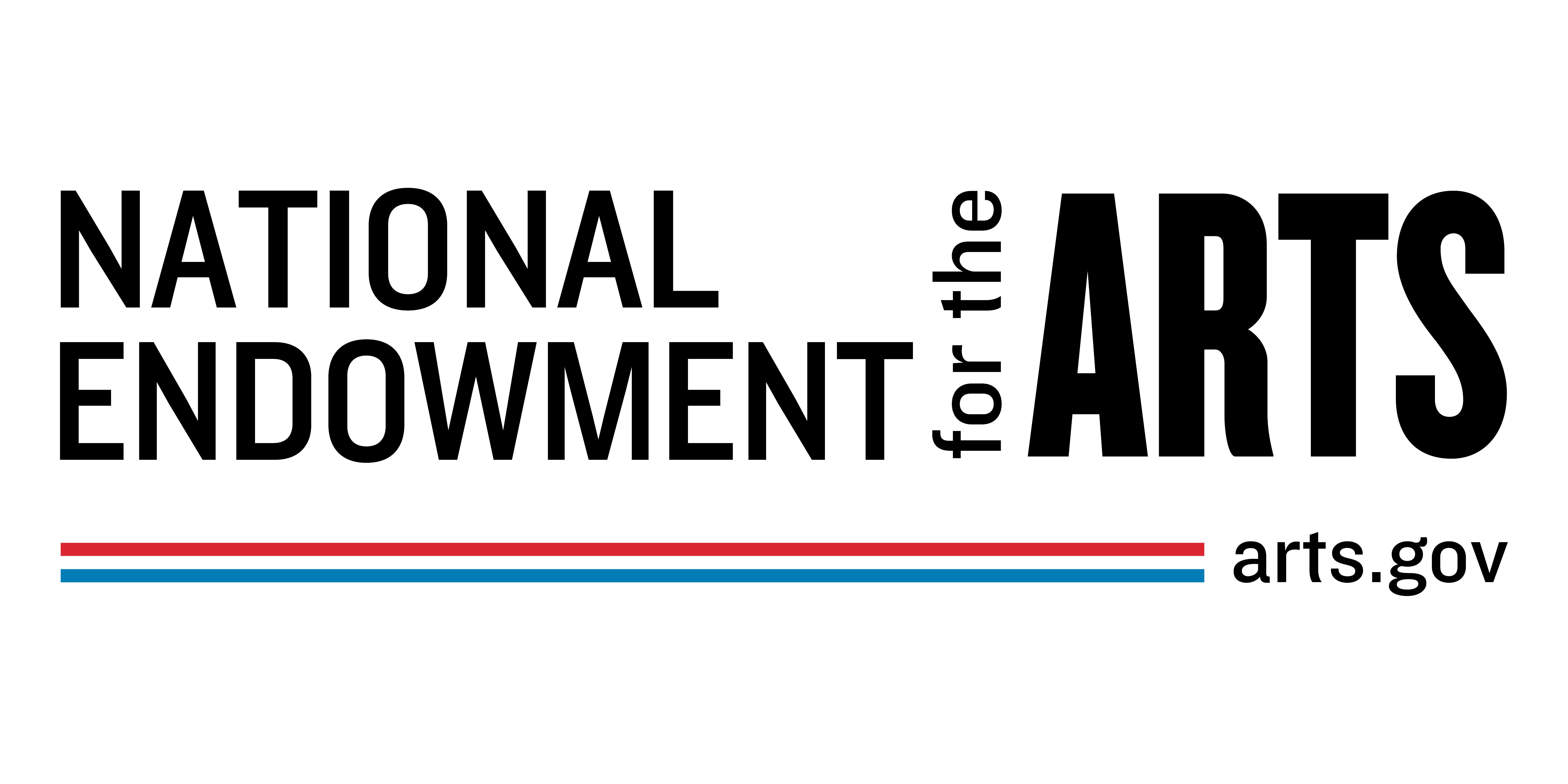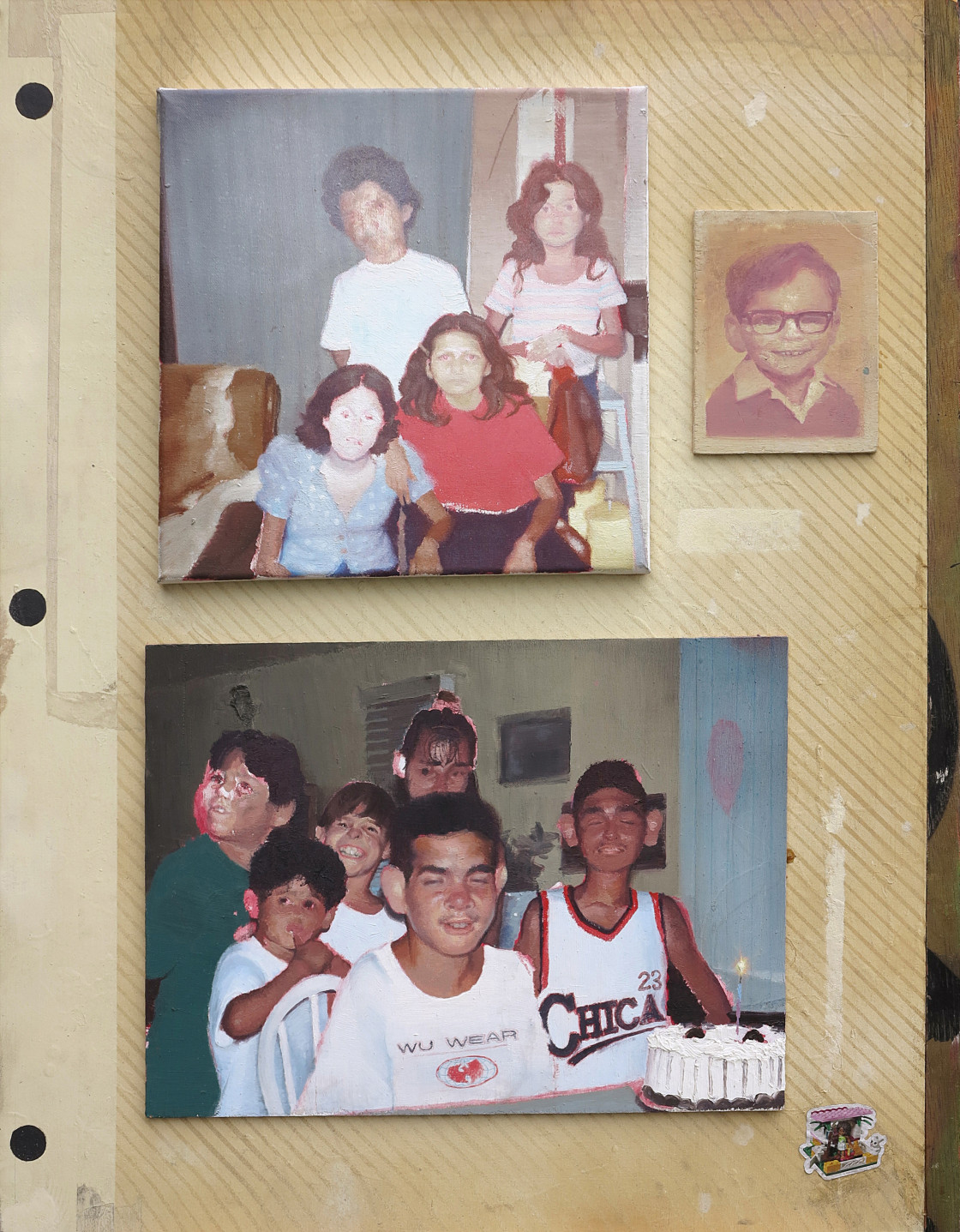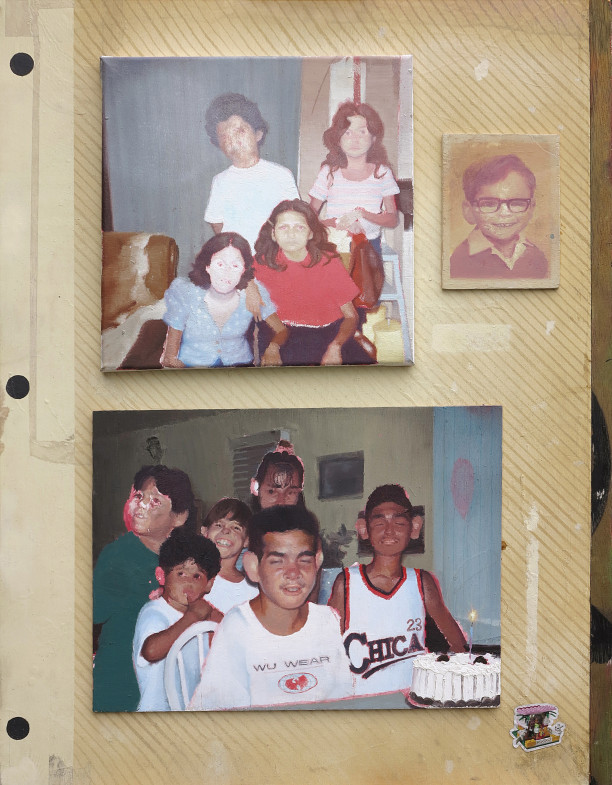The first large-scale exhibition to reexamine the postwar art movement of photorealism and trace its lineages in art of the present day, Ordinary People: Photorealism and the Work of Art since 1968 includes more than forty artists (largely though not exclusively North American), spans the 1960s to the present, and features paintings alongside drawings, sculptures, and archival materials. This historical, scholarly, group exhibition recovers the social art history of photorealism and complicates its meaning as a realism.
While photorealism is often regarded as an end–of figuration, of representation, and even of painting at the close of the 1960s–this timely exhibition recasts photorealism as beginning, arguing for its continued presence in contemporary art. It features canonical and under-recognized photorealists of the 1960s and ‘70s (Robert Bechtle, Vija Celmins, Chuck Close, Richard Estes, Audrey Flack, Duane Hanson, Idelle Weber); reconsiders well-known figures within photorealist frameworks (John Ahearn and Rigoberto Torres, Barkley L. Hendricks, Joan Semmel, Amy Sherald, Kehinde Wiley); and identifies younger generations of artists’ receptions of photorealism (Gina Beavers, Cynthia Daignault, Sayre Gomez, Vincent Valdez, Christine Tien Wang).
Ordinary People examines the representational politics of photorealist painting in the context of the recent rise of figurative portraiture, considering its key place in the ongoing remedial project carried out by folks of marginalized identities to repopulate the museum with pictures of people and places historically excluded or disfigured. It further explores photorealism’s significance as painting of everyday life, and pulls apart the intrinsic tension between ordinary images and extraordinary artistic methods by focusing on relationships of labor, value, populism, and taste. As well, it takes seriously the myriad ways artists have deployed photorealism to entice viewers with a non-confrontational aesthetic often only to show images of painful historical events and social experiences that might otherwise be regarded as too difficult to look at, or too easy to ignore. Finally, the exhibition asserts the primacy of photorealism to critically think through the 21st-century attention economy’s glut of image production.
The exhibition is accompanied by a 256-page scholarly catalogue co-published by MOCA and DelMonico Books.
Ordinary People: Photorealism and the Work of Art since 1968 is organized by Anna Katz, Senior Curator, with Paula Kroll, Curatorial Assistant, The Museum of Contemporary Art, Los Angeles.
Lead support is provided by The Eli and Edythe Broad Foundation, The Director’s Commissioning Fund, and Margaret Morgan and Wesley Phoa.
Major support is provided by the MOCA Projects Council.
Generous support is provided by  , Kathi and Gary Cypres, Tim Disney, Susan and David Gersh, Suzanne and David Johnson, Karyn Kohl, Heather Podesta and Stephen Kessler, Carolyn Clark Powers, Pete Scantland, Maria Seferian, and Terri and Michael Smooke.
, Kathi and Gary Cypres, Tim Disney, Susan and David Gersh, Suzanne and David Johnson, Karyn Kohl, Heather Podesta and Stephen Kessler, Carolyn Clark Powers, Pete Scantland, Maria Seferian, and Terri and Michael Smooke.
Additional support is provided by Karen Hillenburg, Cliff Einstein, Wonmi Kwon and Nancy Kwon Merrihew, Nancy Kwon Merrihew, Night Gallery, Laurent and Corrine Opman, Christopher V. Walker, Wonmi Kwon and Nancy Kwon Merrihew in honor of Lillian Lovelace, and Marilyn P. Loesberg.
Support for the exhibition catalogue is provided by Mary and David Martin / MADWORKSHOP.
Exhibitions at MOCA are supported by the MOCA Fund for Exhibitions with generous funding provided by Michael and Zelene Fowler, Jordan S. Goodman + The Goodman Family Foundation, The Earl and Shirley Greif Foundation, and Pamela West.

Michael Alvarez, Look at this Photograph (L-R Primas Locas y El Mike, Flea, Go Shorty it's Your Birthday), 2018, oil, spray paint, and graphite on canvas and panel, 31 x 24 in. (78.7 x 60.1 cm), Collection of Anthony Lepore and Michael Henry Hayden.
Ordinary People: Photorealism and the Work of Art since 1968
Exhibition

Exhibition
On view Nov 23 – May 4
Ordinary People: Photorealism and the Work of Art since 1968
The first large-scale exhibition to reexamine the postwar art movement of photorealism and trace its lineages in art of the present day, Ordinary People: Photorealism and the Work of Art since 1968 includes more than forty artists (largely though not exclusively North American), spans the 1960s to the present, and features paintings alongside drawings, sculptures, and archival materials. This historical, scholarly, group exhibition recovers the social art history of photorealism and complicates …